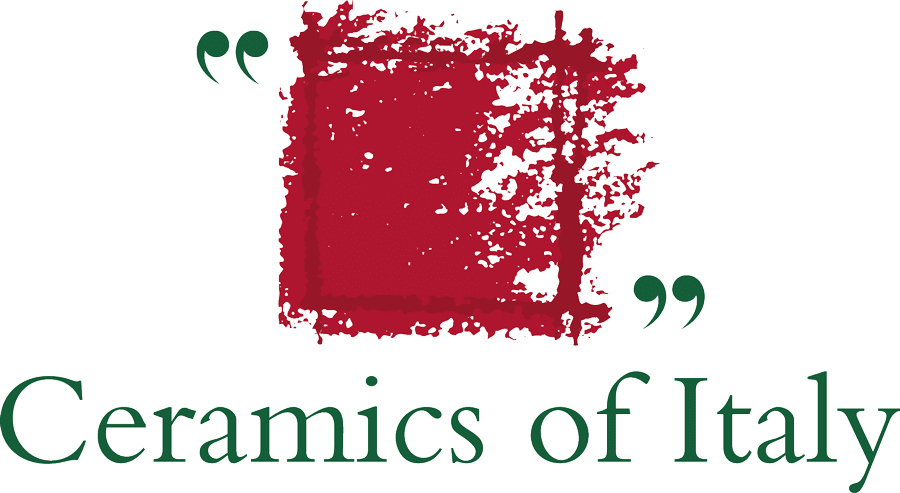The Mediterranean house serves as a model in the search for new forms of circular economy in the construction industry by responding to the challenge of climate change while drawing from the architectural tradition.
This type of dwelling is closely linked to the characteristics of the local area and is traditionally constructed with extensive use of Italian ceramic products and locally sourced materials.
Restoring the built heritage
The European institutions and the world of architecture are working hard to promote a new and more environmentally-friendly approach to construction. Specifically, this involves renovating existing building assets which due to their characteristics can easily be adapted to the new sustainability requirements.
Urban renewal
The possibility of regenerating existing built-up areas by reusing or replacing old buildings has given fresh impetus to the construction sector.
By pursuing building replacement policies, it is possible to improve the efficiency and safety of the building stock without occupying additional land.
Each member state has independently established its own criteria and requirements for low-energy buildings.
Italy has adopted the following measures:
- prioritising planning processes focused on collective rather than private consumption;
- transforming existing buildings and urban fabric;
- redeveloping old town centres and suburbs and working to expand the collective mobility infrastructure;
- providing incentives to upgrade and improve the safety of the existing building stock through the adoption of local building models.
A model linked to the environmental context
Over time, the Mediterranean region has developed its own housing model that uses local resources to guarantee the well-being of inhabitants.
These houses have always been constructed in accordance with the climatic conditions of the area in which they are located. As a result, they fit in harmoniously with their surroundings and optimise energy efficiency by making best use of the available sunlight throughout the changing seasons.
The building envelope in Mediterranean houses
Mediterranean houses stand out for their well-insulated opaque structures, which allows the internal temperature to be kept under control in both summer and winter without overloading the heating and air conditioning systems.
Architects and other industry professionals should opt for these kinds of construction solutions when aiming to create living spaces with optimal conditions of health and living comfort.
The materials used in the Mediterranean house
The use of ceramic and clay products helps to improve indoor air quality, hygiene and the overall conditions of well-being in Mediterranean homes.
Ordinary and reinforced brick walls also guarantee the structural safety of buildings thanks to their proven earthquake resistance.
Innovation and tradition
Ceramic tiles and structural clay products have always been key elements of the Mediterranean building tradition. The latest research in the field of green building has attributed a series of important physical, mechanical and chemical properties to these products in addition to their already well-known characteristics.
The Italian ceramic industry adopts the best available techniques (BAT) to produce ceramic products with increasingly innovative characteristics that ensure high levels of sustainability and quality in buildings.
The nZEB model
The European Union has taken a further step towards improving the energy efficiency of new buildings by mandating the nZEB (near Zero Energy Building) model. Buildings of this kind consume very little energy for heating, cooling, hot water heating, ventilation and lighting.
Due to their intrinsic characteristics, Mediterranean houses guarantee high levels of energy savings and comply with European directives.
The international success of the Mediterranean model
The Mediterranean house serves as a model for the use of locally sourced materials and components that combine a low environmental impact with a long lifetime. Innovative design and installation techniques have made the construction of these kinds of buildings increasingly efficient.
These housing solutions are spurring further research into new forms of sustainable building centred around human beings, their well-being and their social and economic needs.



 Architects
Architects
 Construction firms
Construction firms
 Dealers
Dealers
 Installers
Installers
 Public
Public

